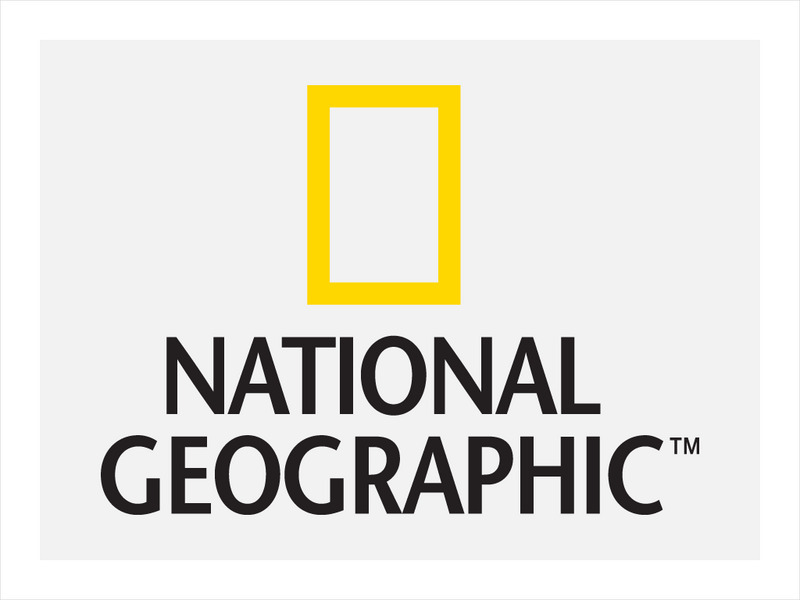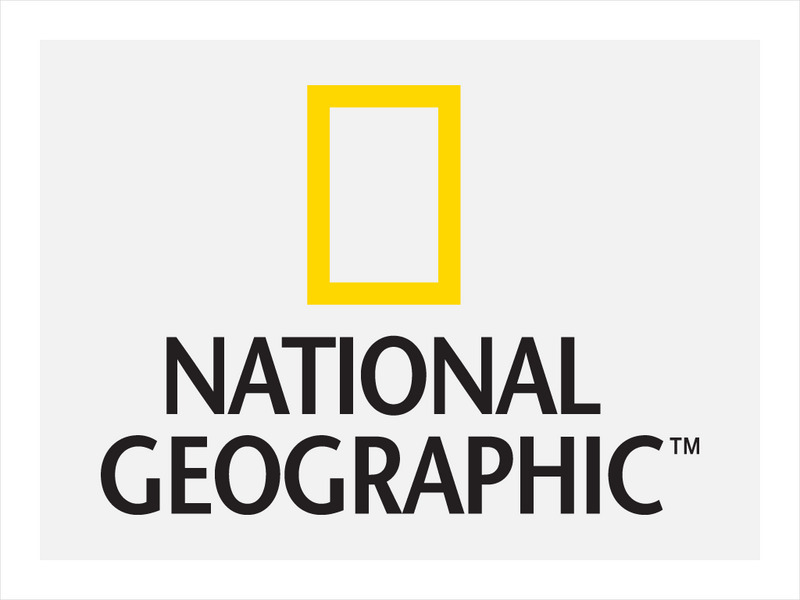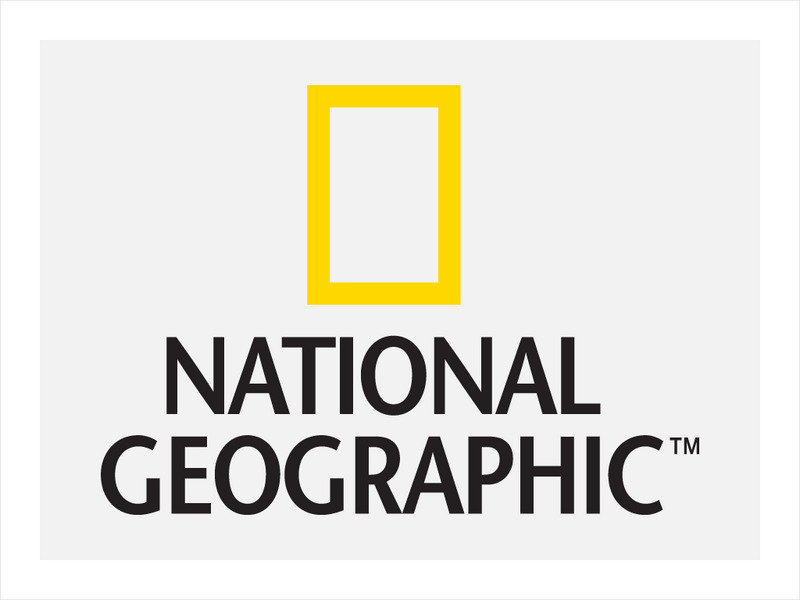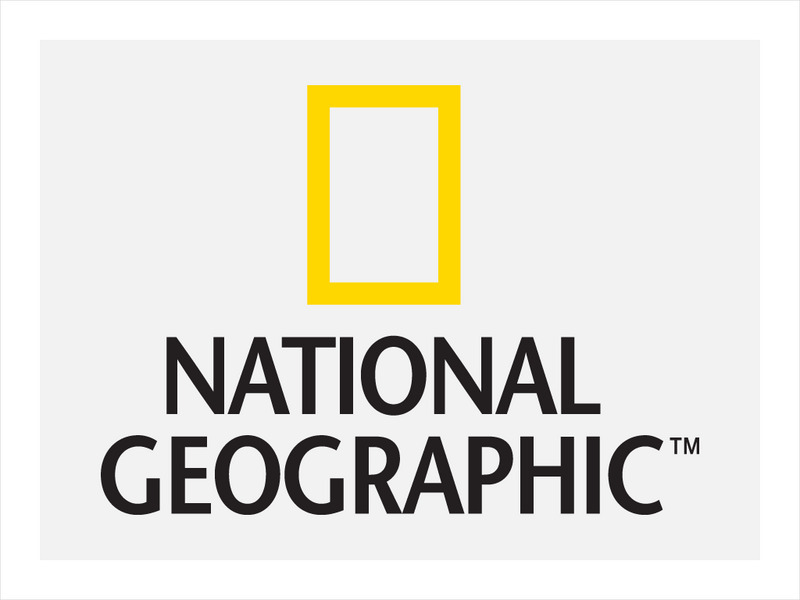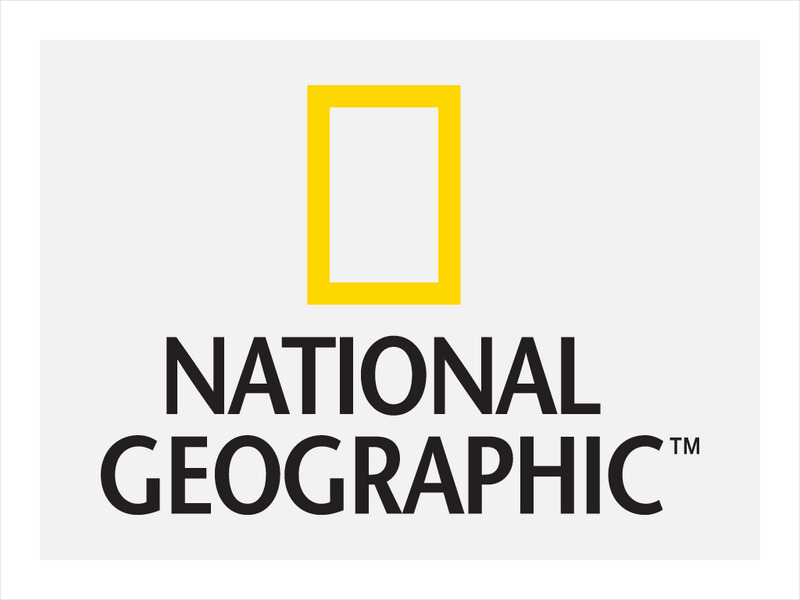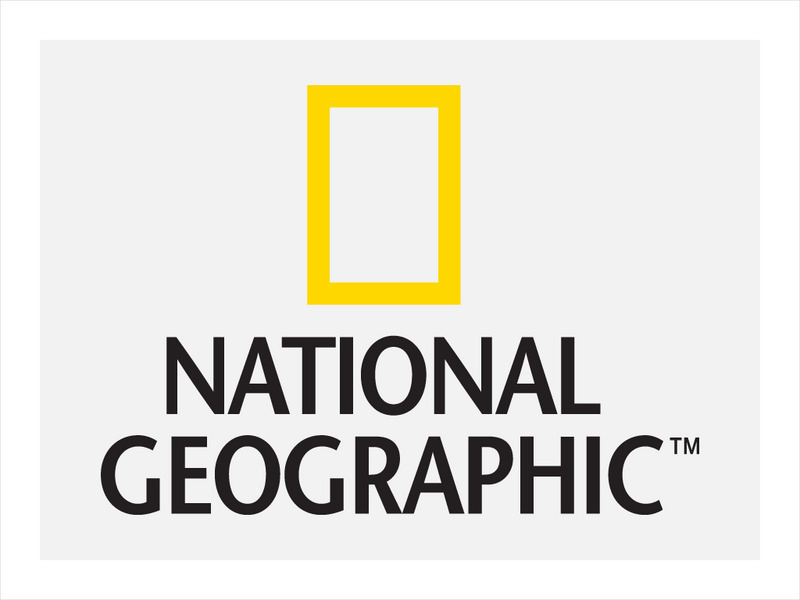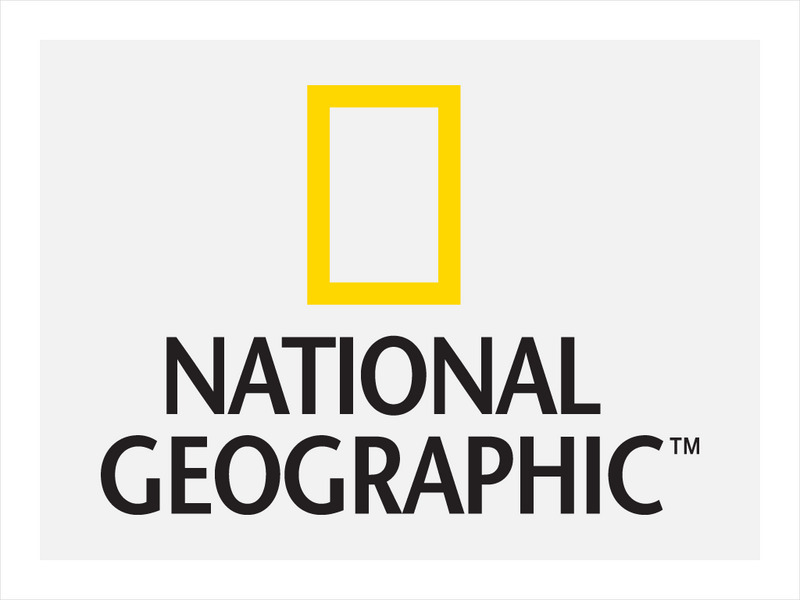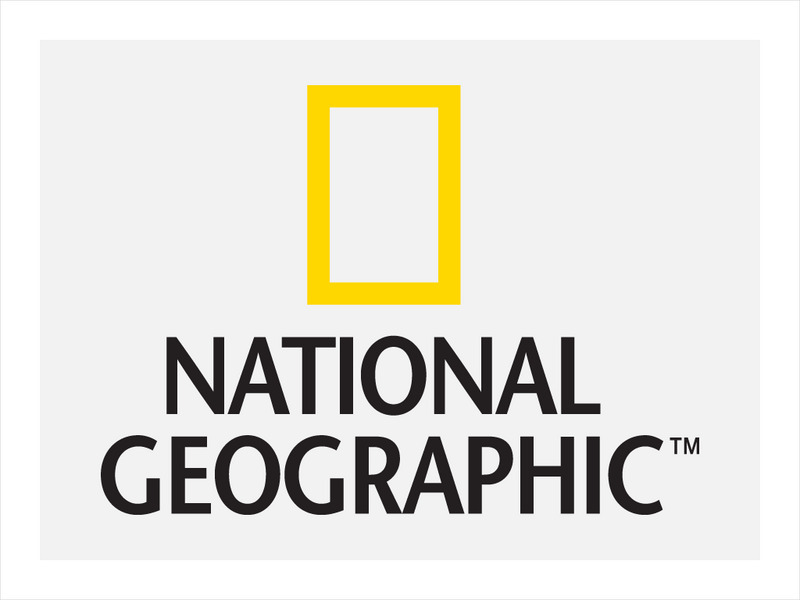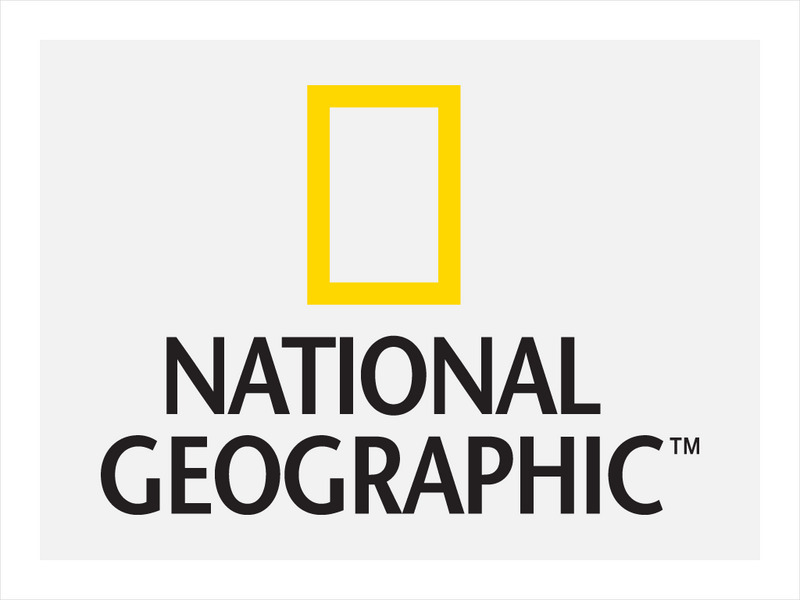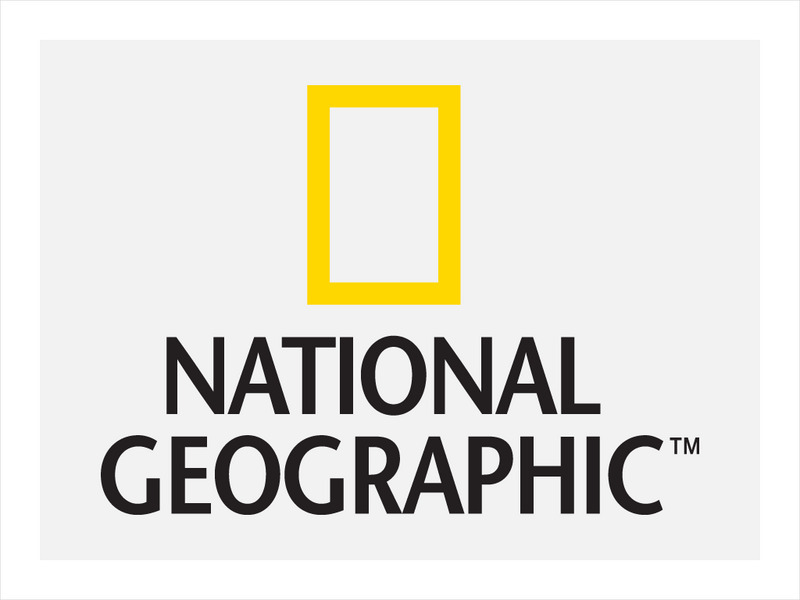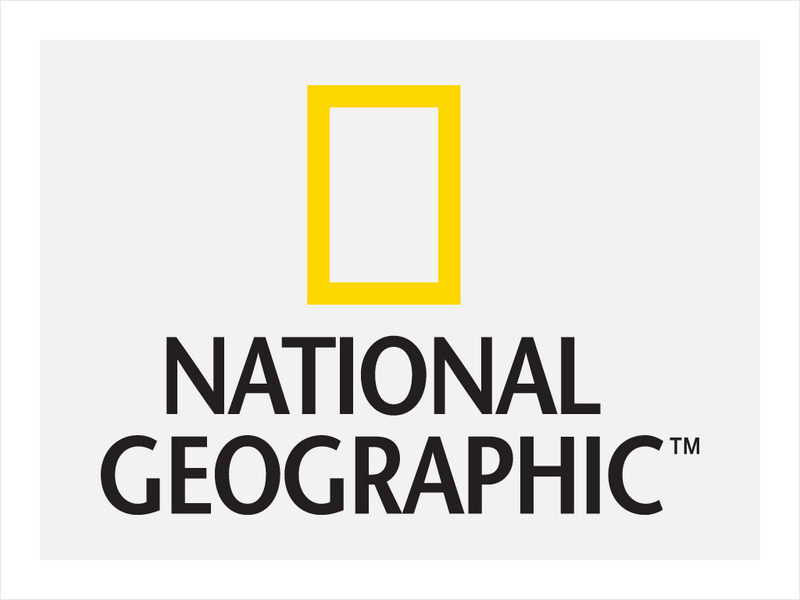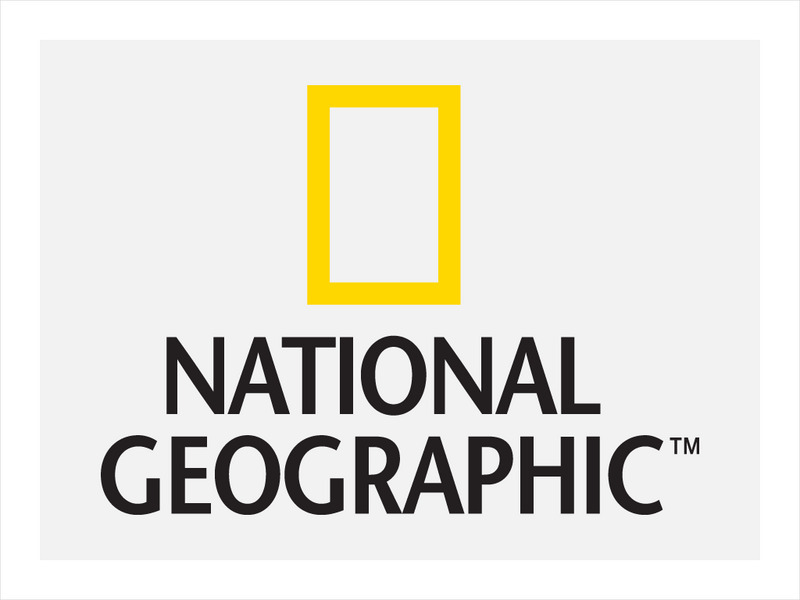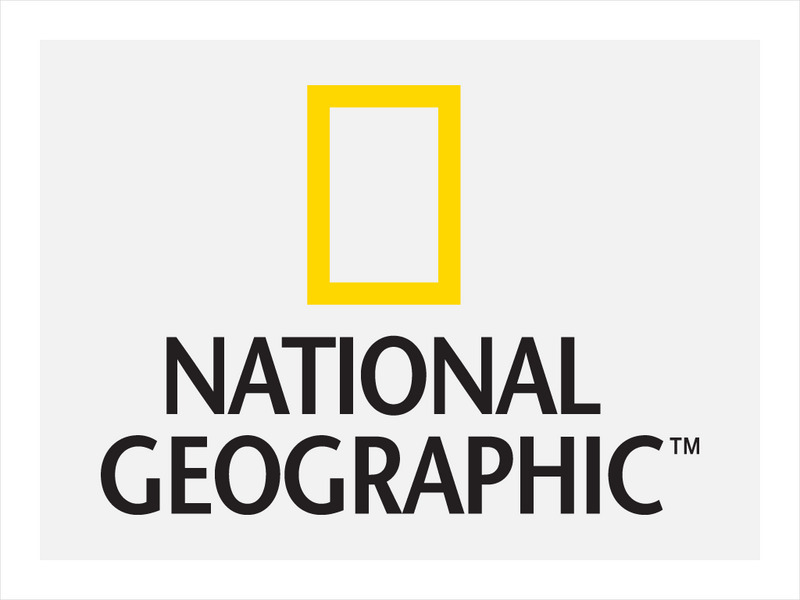National Geographic
National Geographic: Seeing Is Believing
In this lesson, students investigate the properties of light using simple materials. Includes handout and video resources.
National Geographic
National Geographic: Properties of Matter: Macro to Nano Scale
In this lesson, students learn how properties of matter for common materials may change when examined at the nanoscale level. Includes student handouts, video resources, and a glossary.
National Geographic
National Geographic: John Smith Map of 1612
Presents the map published in 1612 that was developed from Captain John Smith's explorations of the Chesapeake Bay region, and used as the main reference for close to seventy years.
National Geographic
National Geographic: Adapting Under Pressure
Students learn about James Cameron's Challenger Deep dive and about the marine animals that live in different layers of the ocean. They then study the characteristics of the hadalpelagic zone at the bottom of the ocean, and imagine and...
National Geographic
National Geographic: Energy Solutions: Tapping Into Topography of Lake Turkana
In this lesson, students read and analyze articles about the alkaline water in Lake Turkana in Kenya, and about a wind energy project near Lake Turkana. They then examine the many factors that must be considered when undertaking this...
National Geographic
National Geographic: The Right Balance: Mixing Energy Resources
In this lesson, students look at profiles of energy production for different regions of the United States. They examine the conversion efficiency and the carbon dioxide emissions of each type of energy, and then the environmental impact...
National Geographic
National Geographic: Biodiversity in a Wetland Ecosystem
In this lesson, students learn about the biodiversity of a wetlands ecosystem, then focus on the Barataria Preserve near New Orleans. They then research five species that live there, and follow up by trying to identify the land type in...
National Geographic
National Geographic: Non Renewable Energy Resources
This lesson is a simulation that has students looking at consumer, municipal, and corporate perspectives towards nonrenewable energy resources. Includes student handouts.
National Geographic
National Geographic: Everest Past and Present
This lesson builds upon a National Geographic film covering George Mallory's effort to climb Mount Everest in 1924. It examines the evolution of the equipment used to climb Everest, comparing today's equipment to that used by Mallory in...
National Geographic
National Geographic: Shaping the Tallest Peak on Earth
This lesson builds upon a National Geographic film covering George Mallory's effort to climb Mount Everest in 1924. It looks at the physical features of mountains, and the landform features of Mount Everest that present challenges to...
National Geographic
National Geographic: Measuring Elevation Past and Present
One of a series of lessons created to accompany the film The Wildest Dream: Conquest of Everest, which explores the attempt by George Mallory in 1924 to reach the top of Mount Everest. His body was discovered 75 years later. In this...
National Geographic
National Geographic: Sorting the Gulf Ecosystem
In this activity, students sort images of organisms into categories such as birds, reptiles, plants, invertebrates, etc. Next they examine the provided poster of the Gulf of Mexico ecosystem and categorize organisms they identify. A...
National Geographic
National Geographic: Sea Turtles and the Gulf of Mexico Oil Spill
After researching and comparing five species of sea turtles, students look at how they were affected by the Gulf of Mexico oil spill. Then they learn about efforts to relocate wildlife after an environmental disaster such as this, and...
National Geographic
National Geographic: Oil and Bird Populations
After learning about the diversity of wildlife in the Gulf of Mexico, students focus on birds and their patterns of behavior. They then how an oil spill might affect migrating birds, and possible ways to help them in the event of an oil...
National Geographic
National Geographic: Simulate an Oil Spill Cleanup
After researching the Deepwater Horizon oil spill in the Gulf of Mexico in 2010, students do an experiment where they simulate an oil spill. They then simulate a cleanup using dispersant, and observe what happens before and after the...
National Geographic
National Geographic: Mapping the World's Watersheds
In this lesson, students use a world map to locate and label major rivers and their watersheds. They then compare watershed shapes and look at typographical features that determine their shapes. A vocabulary list with definitions is...
National Geographic
National Geographic: Observing Physical and Cultural Landscapes
In this lesson, students examine photographs of Europe as they learn to distinguish between physical and cultural characteristics of a landscape, and make observations and inferences about the places and people in the photographs. They...
National Geographic
National Geographic: Genetic Markers: Connecting the Dots
Students first learn about genetic markers and how these can be used to learn more about ancient human migration. They then do an activity where they simulate passing on genetic markers, and problem solve to discover the 'migration' path...
National Geographic
National Geographic: Jupiter's Great Red Spot
After learning about cyclones and anticyclones, and relating this to the Great Red Spot on the surface of Jupiter, students create a model of the Red Spot and use ratios to determine its size. A vocabulary list with definitions is included.
National Geographic
National Geographic: Planetary Size and Distance Comparison
Students review the sizes of planets and their order relative to the Sun. They then learn about astronomical uses and create a model of the solar system that reflects planetary distances. Includes handouts and worksheets as well as a...
National Geographic
National Geographic: Marine Food Webs
For this lesson, students learn about marine food webs and pyramids, and how energy flows through a marine ecosystem. They then research a marine organism and its role in a marine food web. The class pools their information to create a...
National Geographic
National Geographic: Mapping Marine Ecosystems
Marine ecosystems are examined in this lesson. Students identify examples of different types and locate them on a world map. Includes handouts, website links, and a vocabulary list with definitions.
National Geographic
National Geographic: Human Impacts on Marine Ecosystems
This lesson focuses on how human activities are impacting marine ecosystems. Includes handouts.
National Geographic
National Geographic: Ecological Relationships
In this lesson, students learn about different types of ecological relationships, including symbiosis, mutualism, commensalism, and parasitism. Includes handouts and a vocabulary list with definitions.
